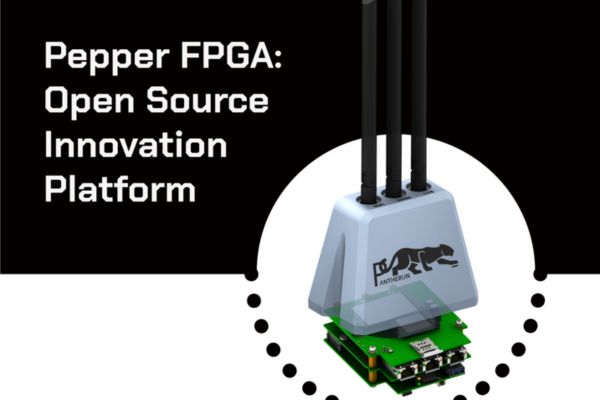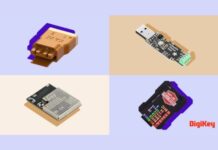Every time you use a smart device—whether it’s a camera, a sensor, or a connected switch—there’s a small but real risk: someone could break in. Not physically, but through code. And while we talk a lot about cybersecurity, most of the tools to actually build secure hardware are still too complex, too expensive, or simply out of reach for everyday developers.
Why does making a secure, high-performance device still feel like solving a puzzle with missing pieces?
That’s the problem PantherunTechnologies is trying to solve with Pepper—a new FPGA-based, open-source development platform designed specifically for edge devices. Think of it as a DIY toolkit that helps engineers, students, and product teams build smarter, faster, and safer connected products.
Pepper combines three big things in one small package:
- A reprogrammable chip (FPGA) that gives you complete control and flexibility
- Industrial-grade encryption built right in, with zero compromise on speed
- Open-source tools and support, so anyone can start building without waiting for approvals or licenses
What makes Pepper special isn’t just the tech—it’s where it comes from. Pantherun builds products for defense systems, railways, and industrial automation, where failure isn’t an option. That same technology now powers Pepper. So whether you’re creating a new IoT sensor or upgrading a smart device, you get the same level of performance and protection trusted in mission-critical environments.
Security doesn’t have to be hard. With Pepper, it’s finally possible to build connected systems that are not just fast and flexible—but secure from the start.

















